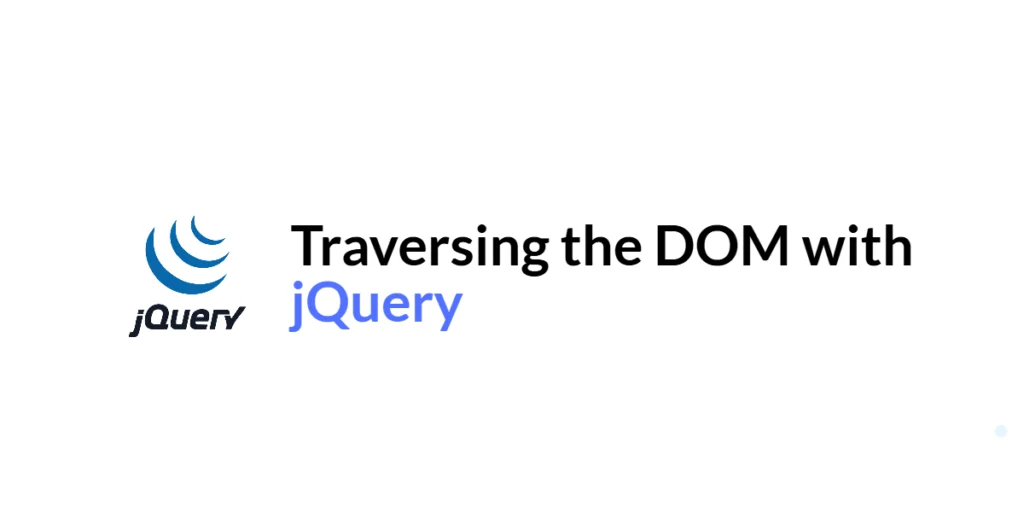Traversing the DOM with jQuery: Parent, Child, Siblings, and More
Traversing the Document Object Model (DOM) is a critical skill for web developers, enabling them to navigate through the elements of a webpage to manipulate content, apply styles, and handle events. jQuery, a popular JavaScript library, simplifies DOM traversal with its extensive and intuitive API. By using jQuery, developers can efficiently select and traverse DOM […]
Traversing the DOM with jQuery: Parent, Child, Siblings, and More Read More »









